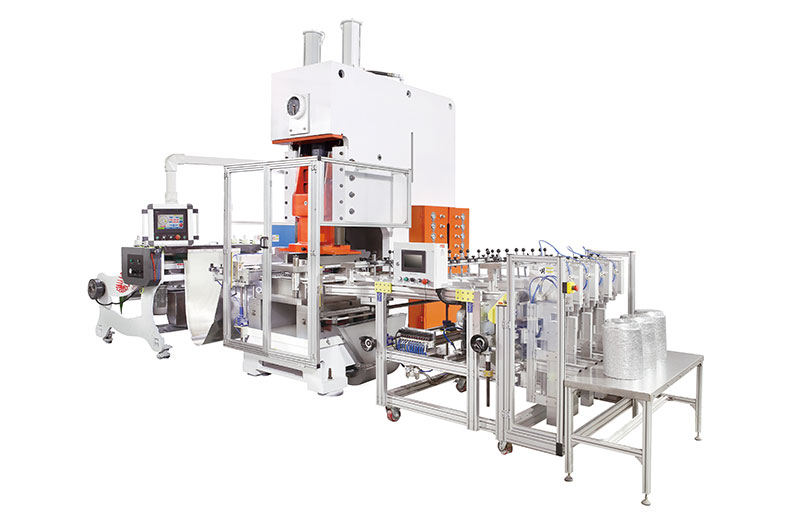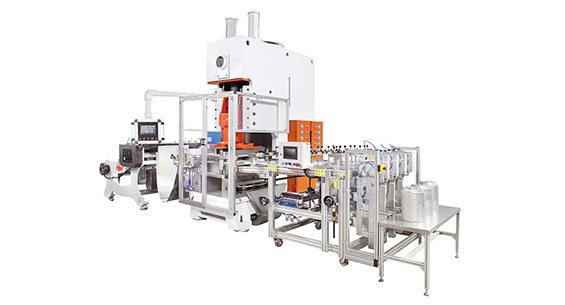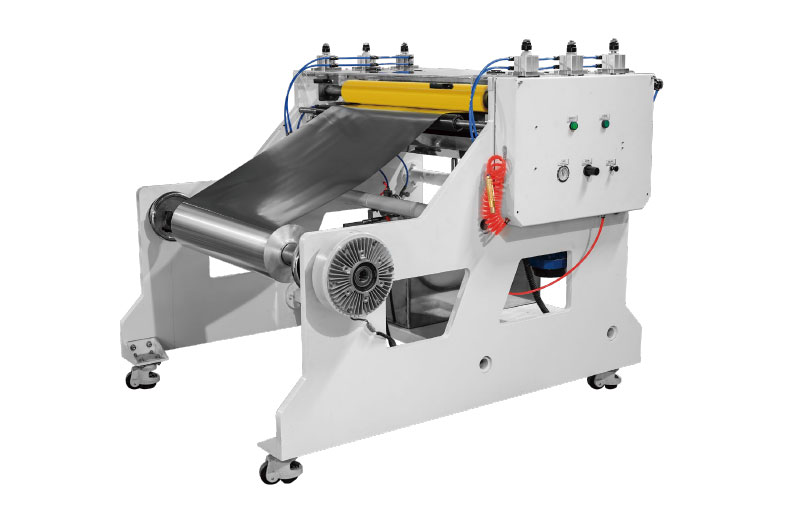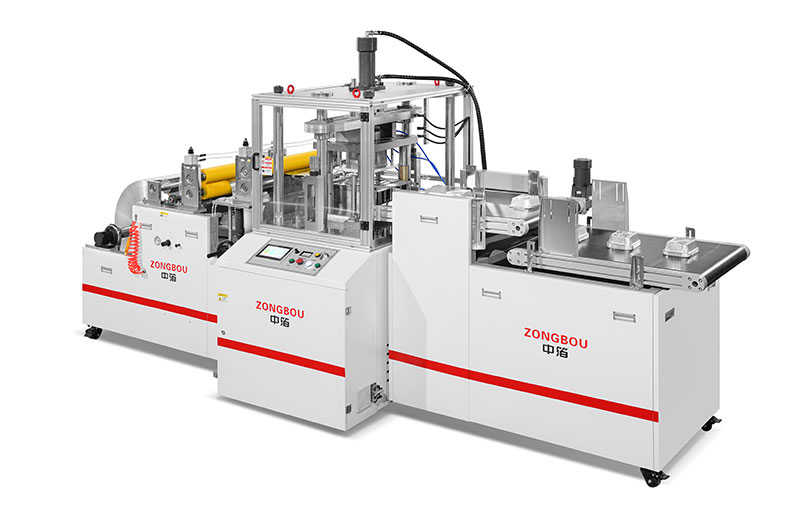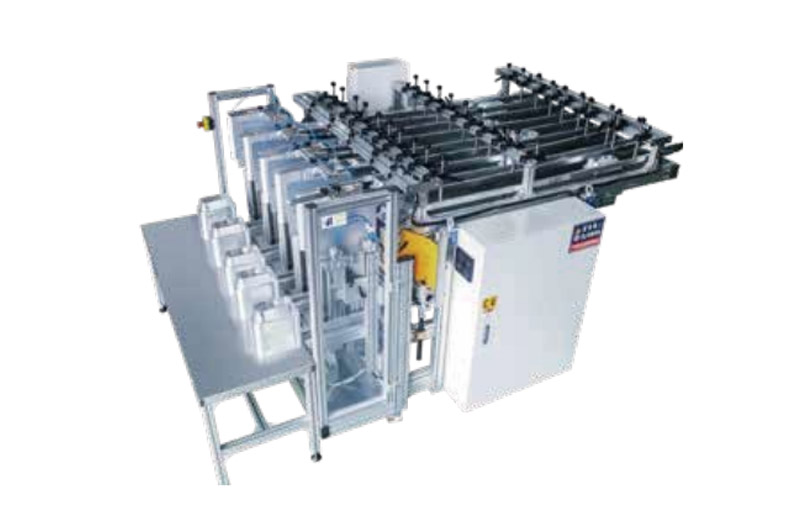A Complete Guide to the Aluminum Foil Box Manufacturing Process
Aluminum foil boxes are widely used in food packaging because of their lightweight, heat-resistant, and recyclable properties. The manufacturing process requires precision engineering and high-quality machinery to produce durable and hygienic containers. This article will explore the aluminum foil box manufacturing process, focusing on the role of the aluminum foil container machine and its key production steps.
Fully automatic aluminum foil box production process
1. Raw material selection
The process starts with high-quality aluminum foil, which is typically between 0.03 mm and 0.2 mm thick. The foil must be food-grade, corrosion-resistant, and meet international safety standards (such as FDA and EU regulations).
2. Unwinding and feeding
The aluminum foil is fed into the aluminum foil container machine from a large coil. An automatic unwinding system ensures smooth and continuous feeding while maintaining tension control to prevent wrinkling or breaking.
3. Stamping and forming
The aluminum foil is formed into the desired container shape (such as round, rectangular, or segmented shapes) through a hydraulic or mechanical press and precision molds. The machine applies high pressure to form the box bottom and box walls.
4. Trimming and flanging
Excess material is trimmed to ensure clean edges. Some machines are equipped with flanging systems to enhance edge strength for improved stacking performance and lid sealing.
5. Quality inspection
Automatic vision systems or manual inspection ensure that each container meets dimensional accuracy, structural integrity and surface quality standards. Defective parts will be removed from the production line.
6. Stacking and packaging
Finished boxes are automatically stacked and packed into cartons for transportation. Some systems include anti-stick coating to prevent aluminum foil containers from sticking during storage.
The production process of aluminum foil boxes mainly includes automatic feeding of aluminum foil coils, precise feeding positioning, stamping and stretching, trimming and flanging reinforcement (optional surface coating or printing), and final stacking, collection, quality inspection and packaging shipment. The entire process is automatically completed by the aluminum foil container equipment to ensure high efficiency and hygiene, suitable for packaging needs in industries such as food and medicine.
Main features of Zongbo aluminum foil container equipment
As an experienced aluminum foil packaging container manufacturer, Zongbo can provide various specifications of equipment according to the production needs of customers to meet different scale and output requirements.
High degree of automation: high-speed machines can produce 30-80 per minute.
Custom molds: interchangeable molds can produce containers of different shapes and sizes.
Energy saving and efficiency: servo drive system reduces power consumption.
Safety and compliance: meets food-grade manufacturing standards (ISO, CE, etc.).
Application of aluminum foil boxes
Takeaway: takeaway containers for meals, desserts and snacks.
Aviation and catering: airline meals and buffet trays.
Home: baking trays, storage boxes and baking trays.
Conclusion
Aluminum foil box manufacturing process relies on precision machinery to ensure efficiency and product consistency. Investing in high-performance aluminum foil container manufacturing machines enables manufacturers to meet the growing demand for environmentally friendly, durable and customizable food packaging solutions.


